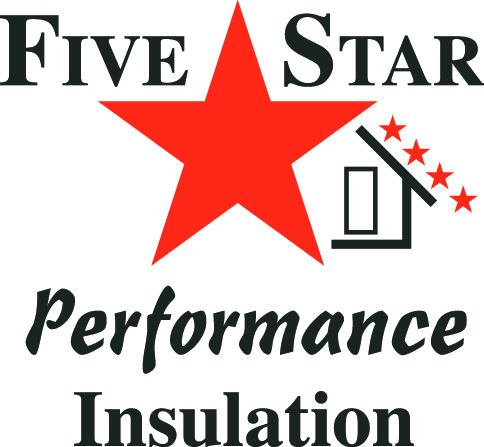You probably don’t think about it too often, but insulation is one of the most important parts of a building. It’s an unsung hero in keeping us comfortable throughout the year, and it does wonders to keep our energy bills low. So, you can thank residential insulation contractors in Sacramento, CA for keeping money in your pocket and ensuring you’re warm this winter!
Since you don’t think about insulation much, you probably don’t know anything about the health and safety issues surrounding insulation. If you’d like to be better informed about all of the types of insulation, keep reading!
Health issues
- Fiberglass: Fiberglass is one of the most commonly used types of insulation on the market. Since that’s the case, it’s also the most heavily tested type of insulation. You’ll be happy to know that fiberglass has been deemed non-carcinogenic by The International Agency for Research on Cancer (IARC), the U.S. National Toxicology Program (NTP) and the California Office of Environmental Health Hazard and Assessment. While it’s not a carcinogen, you’ll always want to wear gloves and a mask while working with it. Gloves will protect your hands from cuts, while a mask will ensure you don’t inhale any fiberglass.
- Cellulose: Unlike fiberglass, there hasn’t been as much testing done on cellulose insulation. While the material itself seems to be fine and safe, we don’t know what kind of health risks cellulose dust can pose, if any.
- Spray foam: Spray foam is one of the best types of insulation you can install in your home or office. Unfortunately, one of the main ingredients in spray foam could cause lung damage and asthma. For this reason, you should always hire professionals to install spray foam insulation.
Fire safety
- Fiberglass: In addition to being a good insulator, fiberglass and mineral wool are also non-combustible. They don’t require any additional fire retardant prior to being installed. In fact, filling voids with fiberglass would help block fire and smoke if a fire were to break out.
- Cellulose: Cellulose insulation is mostly made of newspaper and other organic materials. Therefore, it’s highly combustible. Before cellulose insulation is installed in a home or building, it’s treated with special fire retardant solutions to make it less of a hazard.
- Spray foam: Spray foam insulation is also combustible if temperatures reach 700 degrees. So, like cellulose, spray foam is also treated with a fire retardant before it’s installed.
Mold
- Fiberglass and spray foam: Mold is one of the larger health concerns in buildings. Mold spores can cause big problems for people with asthma. What’s worse is that it can grow anywhere. Thankfully, both spray foam and fiberglass are inorganic materials. That means that mold can’t feed off the insulation and continue to grow and spread.
- Cellulose: Cellulose fiberglass is an organic material; it’s the ideal material for mold to feed on and grow. Thankfully, cellulose insulation is treated for mold before it’s installed by residential insulation contractors in Sacramento, CA.
Regardless of which type of insulation you choose to install in your home or commercial building, be sure to have it installed by the professionals at 5 Star Performance Insulation, Inc. Give us a call today to arrange a consultation!
